


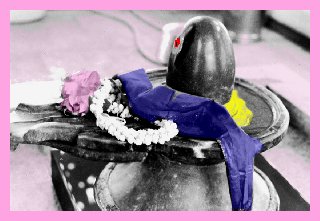
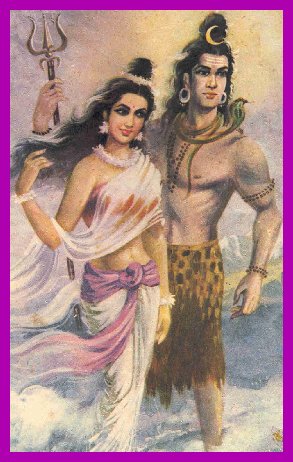
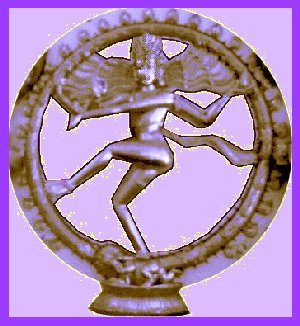
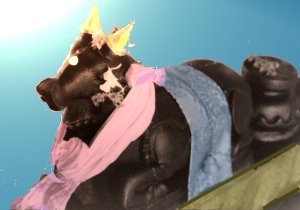
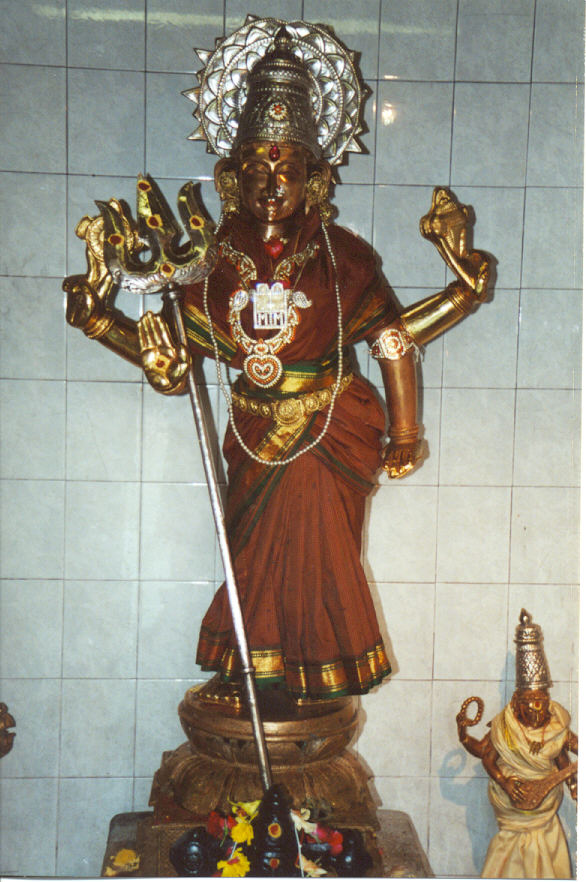 After
the death of Sati, Shiva wandered the wilderness. One day in the woods he came across the wives
of some hermits, who asked him about his madness. He explained he was sad because of the death
of his wife. One of the women laughed at
this and exclaimed that no one would marry someone looking so ragged and
ill. At this Shiva was infuriated and
grabbed her intending to rape her. Her husband
came just as this happened and cursed Shiva to be forever worshipped in the
form of the Lingam.
After
the death of Sati, Shiva wandered the wilderness. One day in the woods he came across the wives
of some hermits, who asked him about his madness. He explained he was sad because of the death
of his wife. One of the women laughed at
this and exclaimed that no one would marry someone looking so ragged and
ill. At this Shiva was infuriated and
grabbed her intending to rape her. Her husband
came just as this happened and cursed Shiva to be forever worshipped in the
form of the Lingam.
Danielou, The Myths and Gods of India. Rochester, Vermont: Inner Traditions International, 1991.